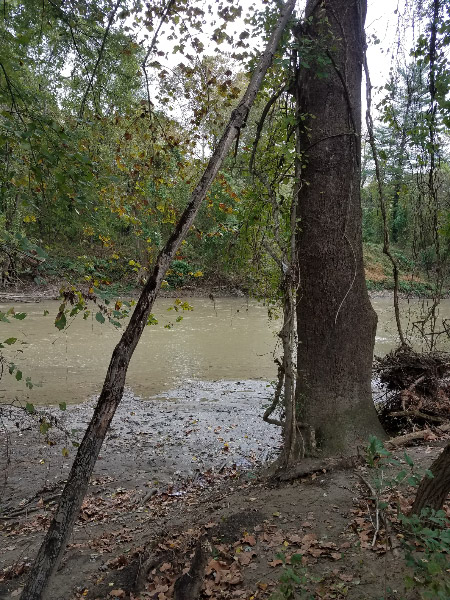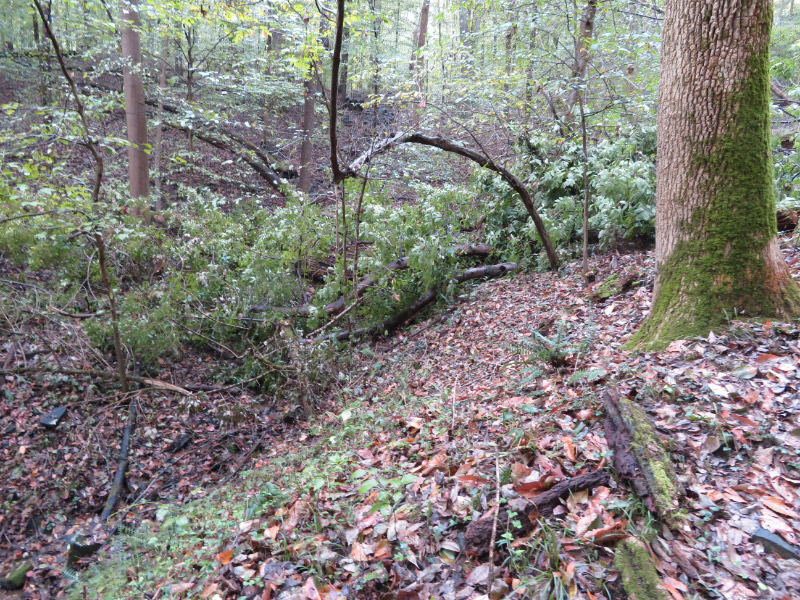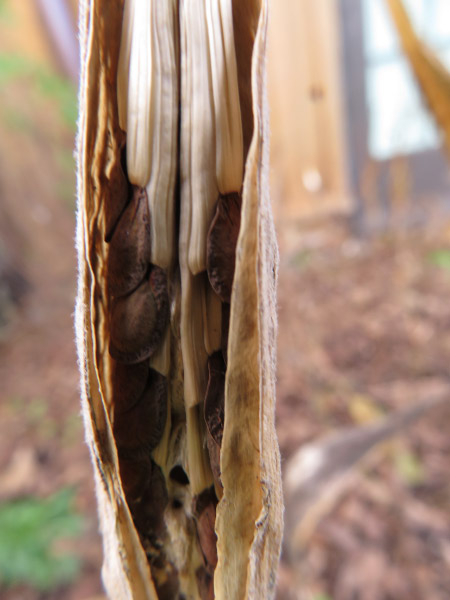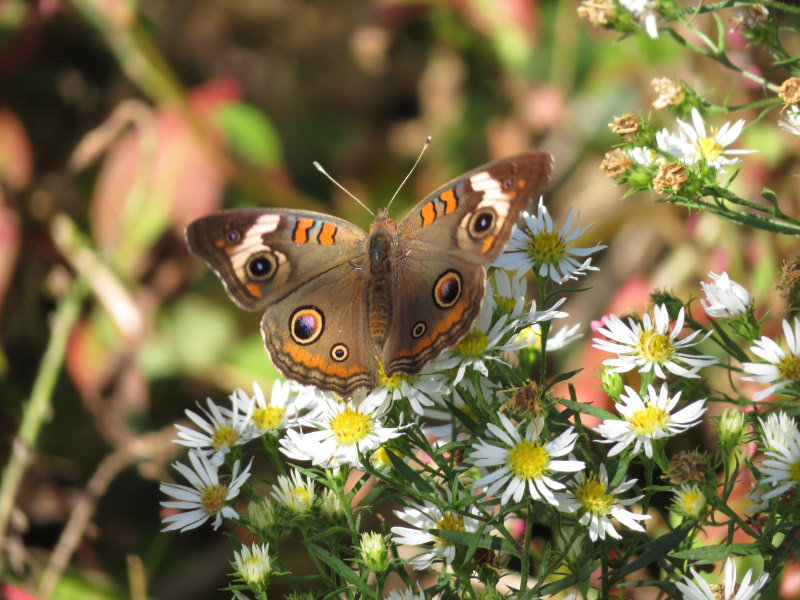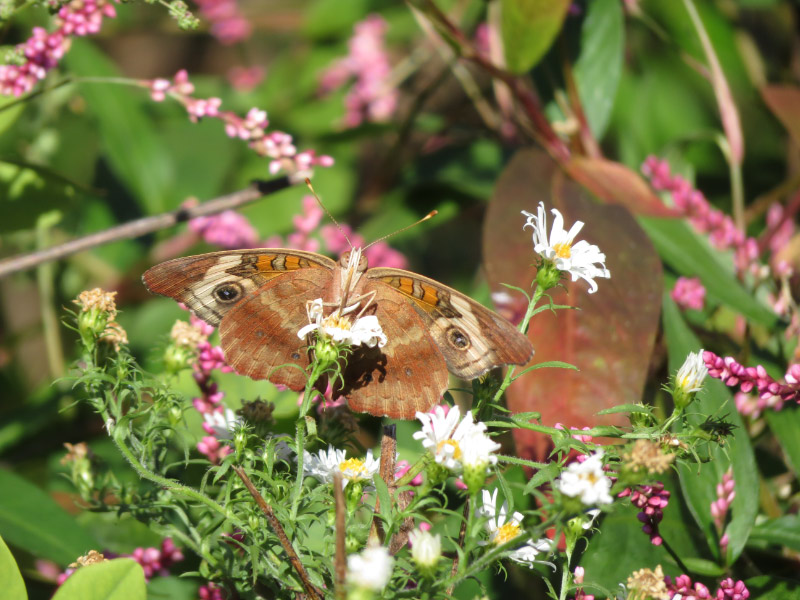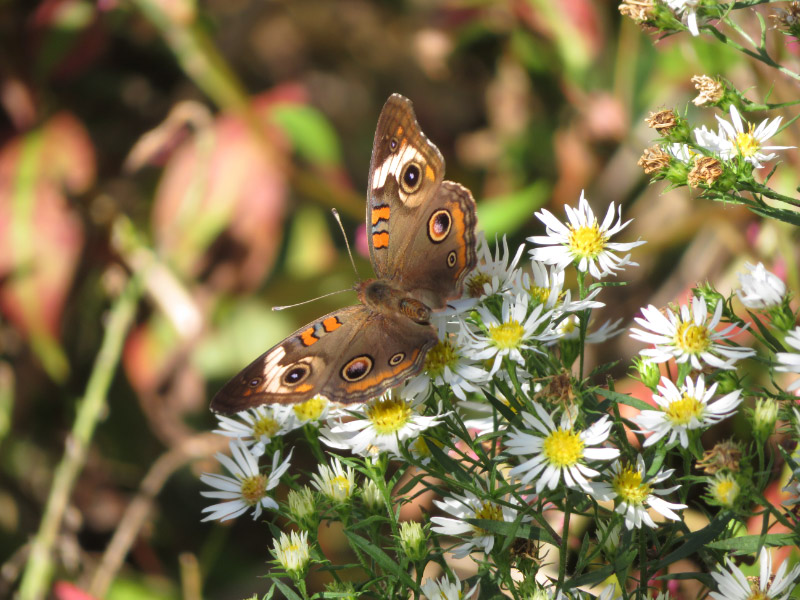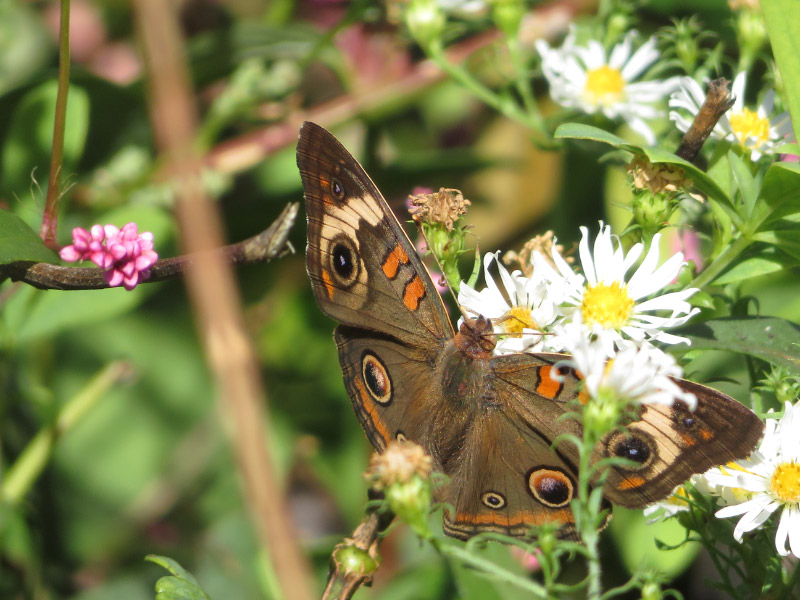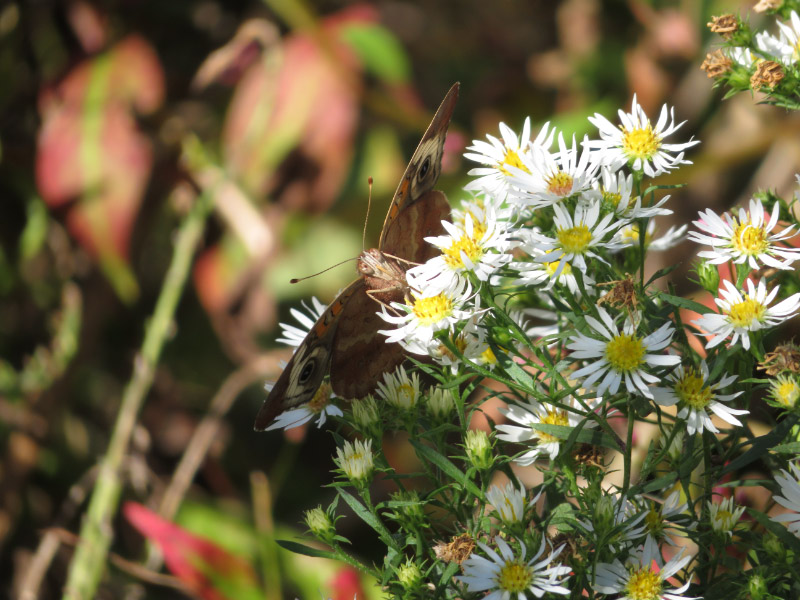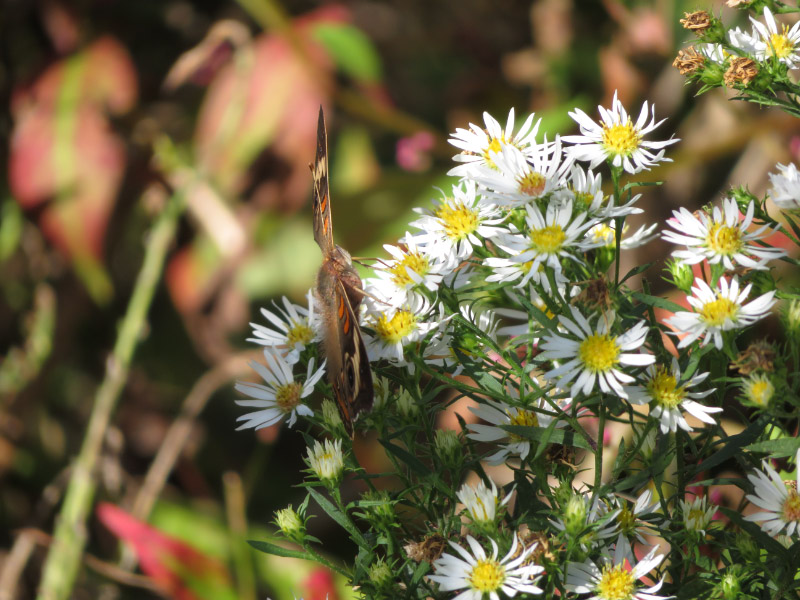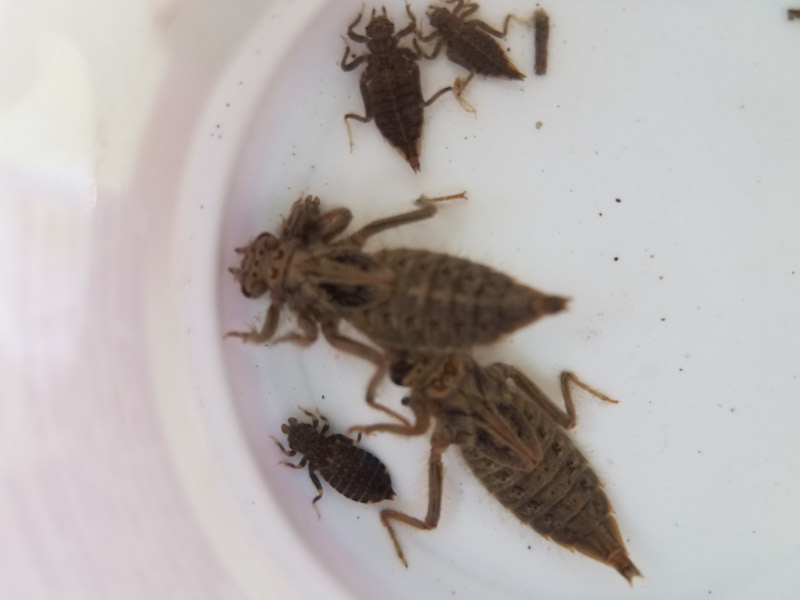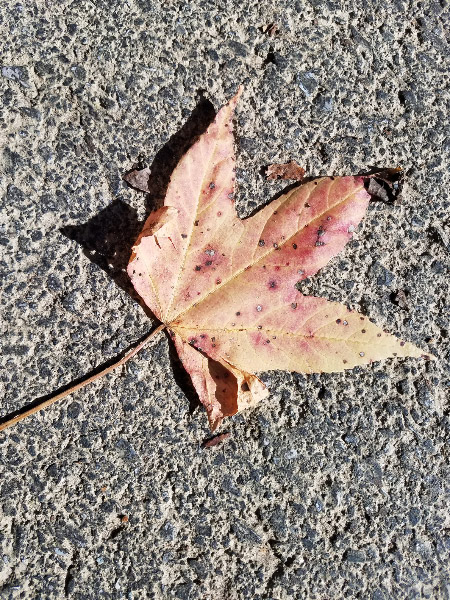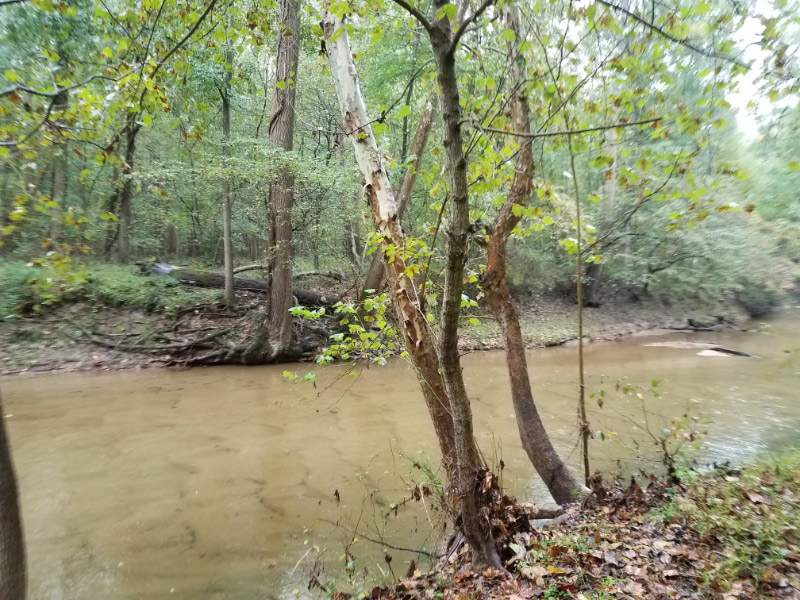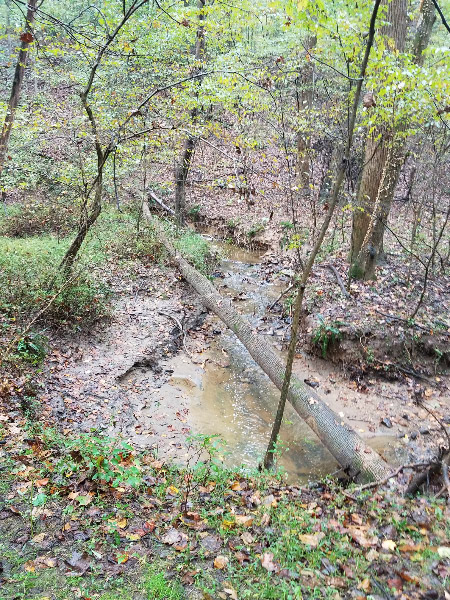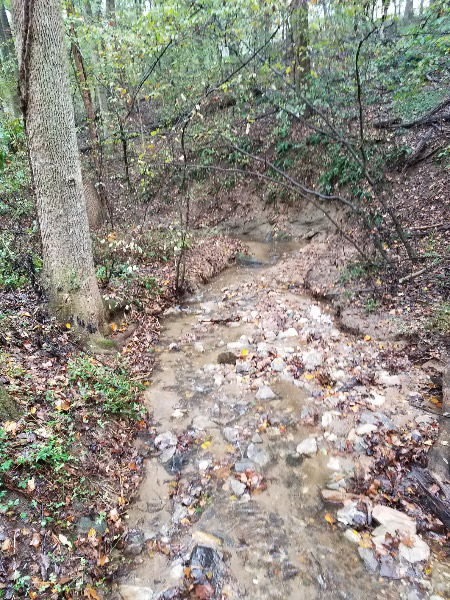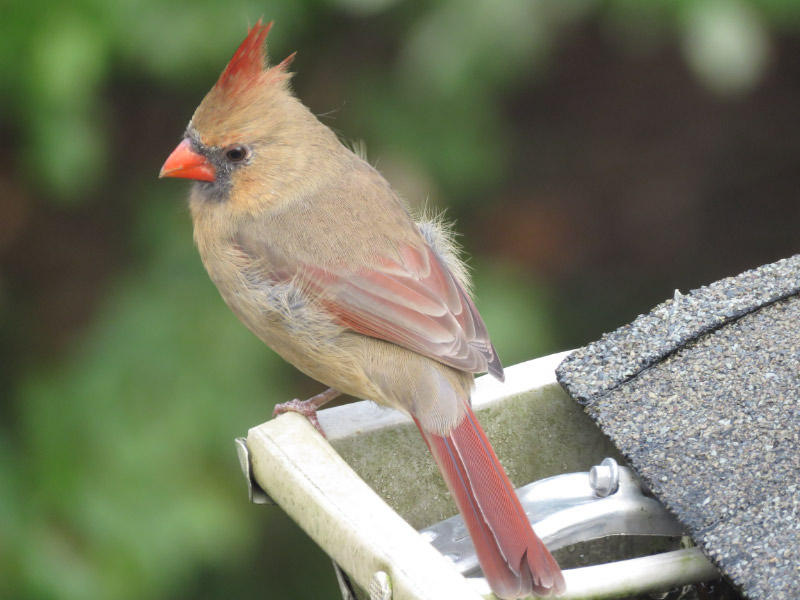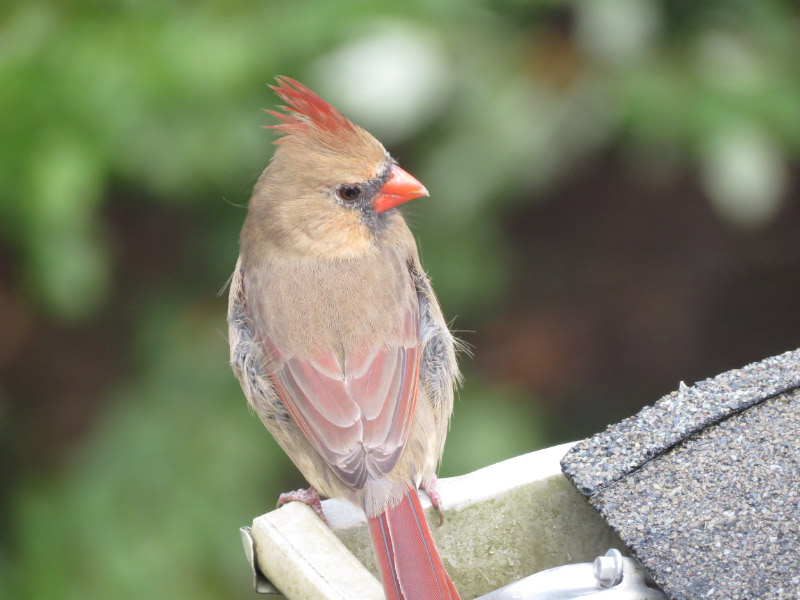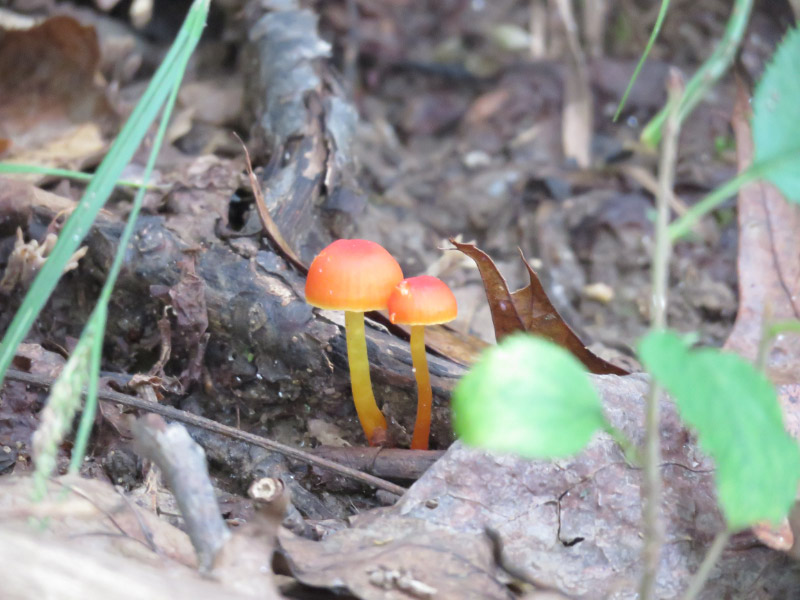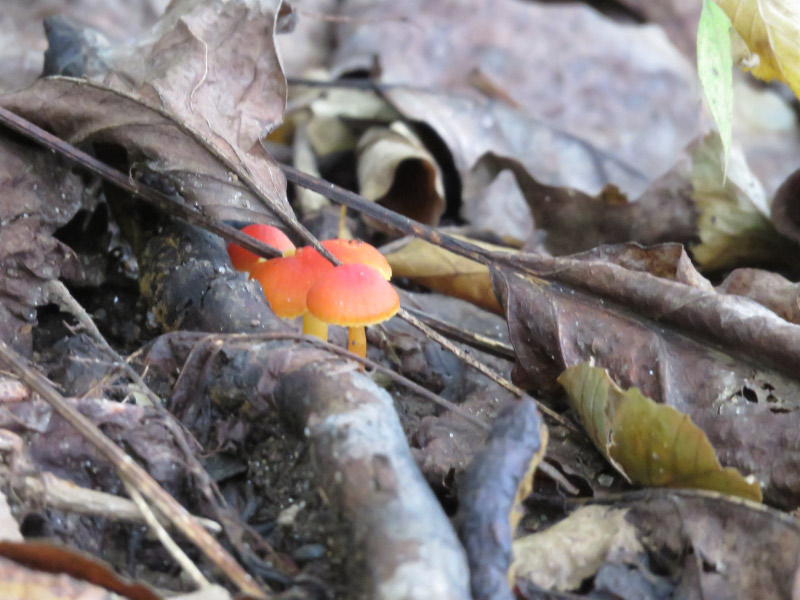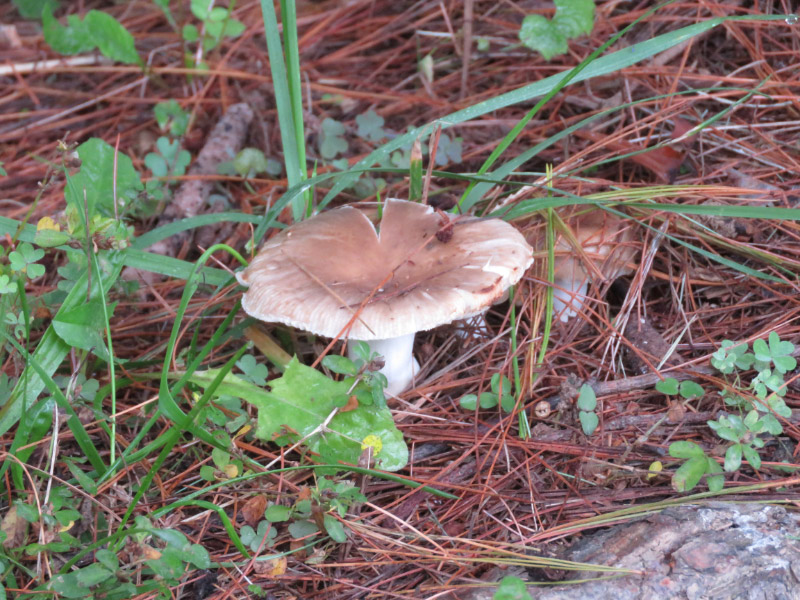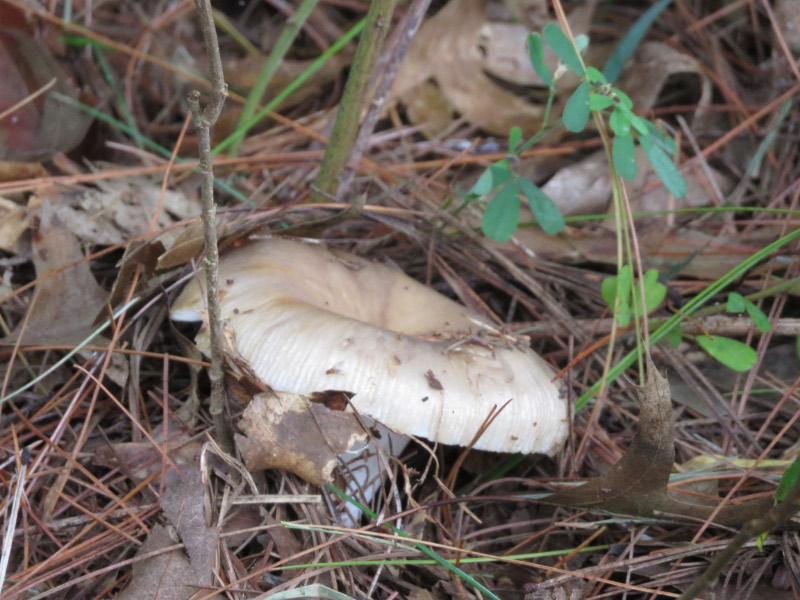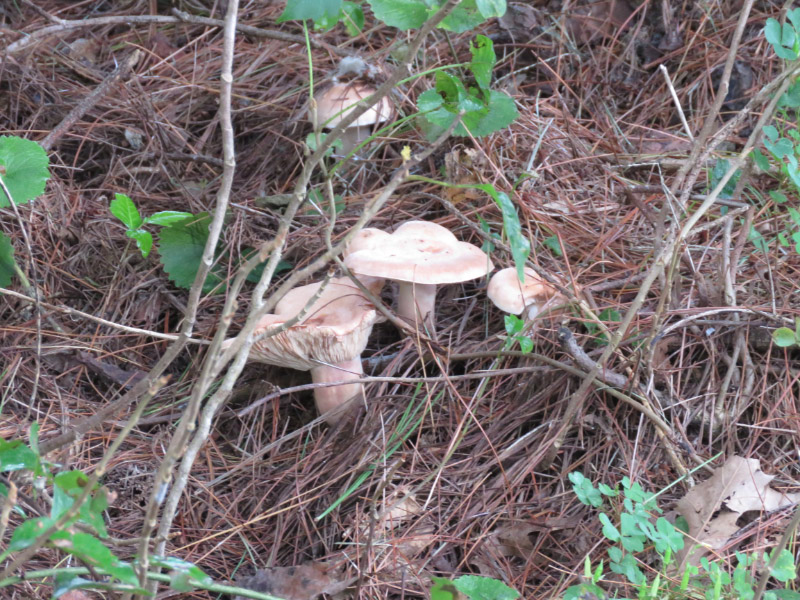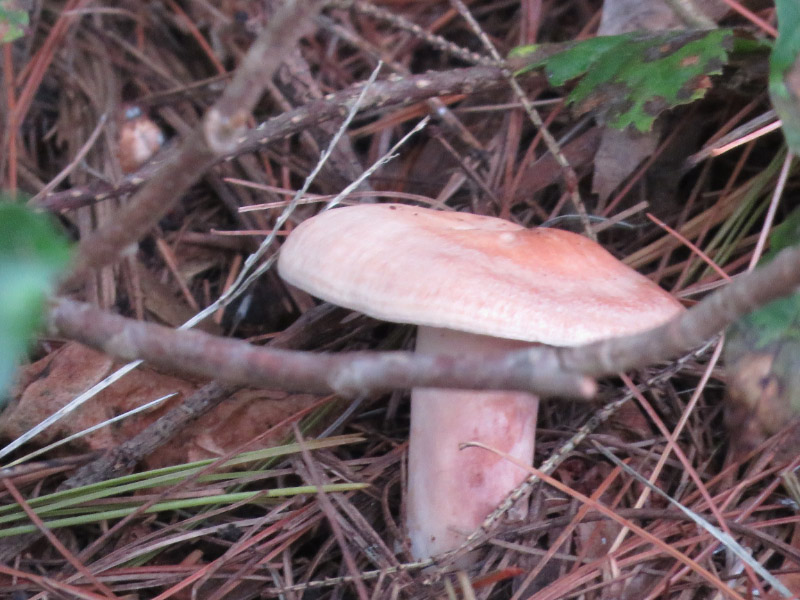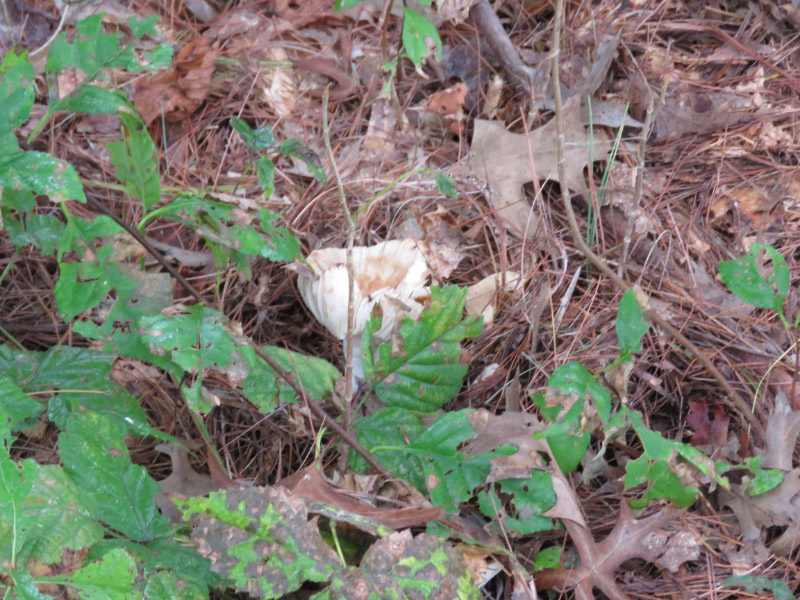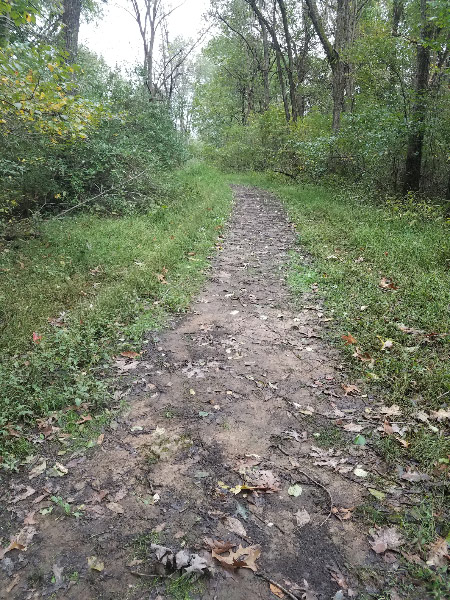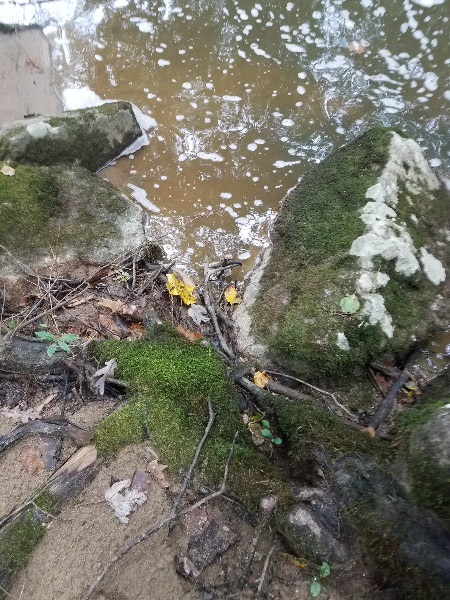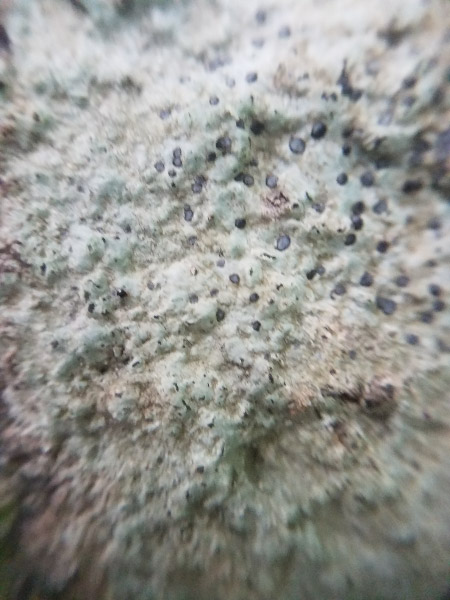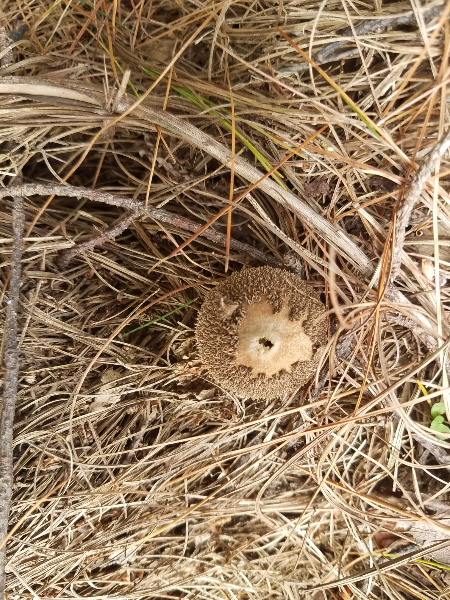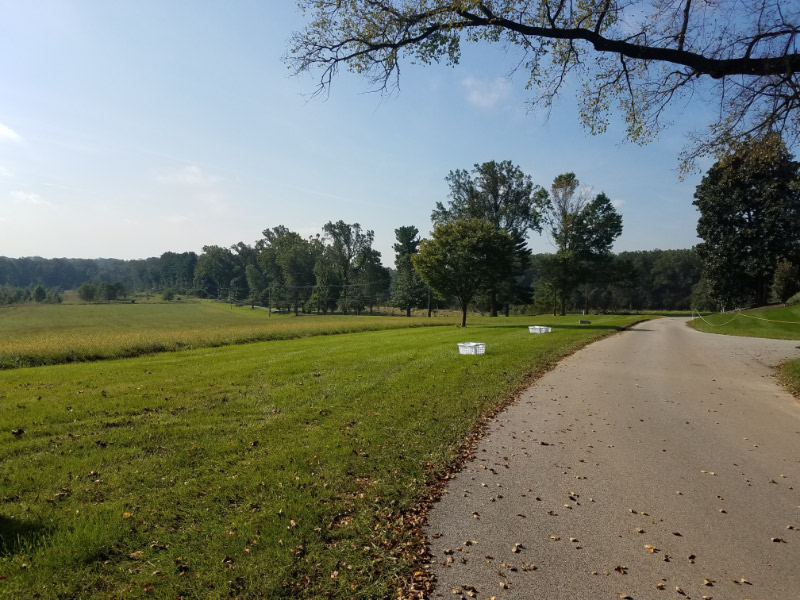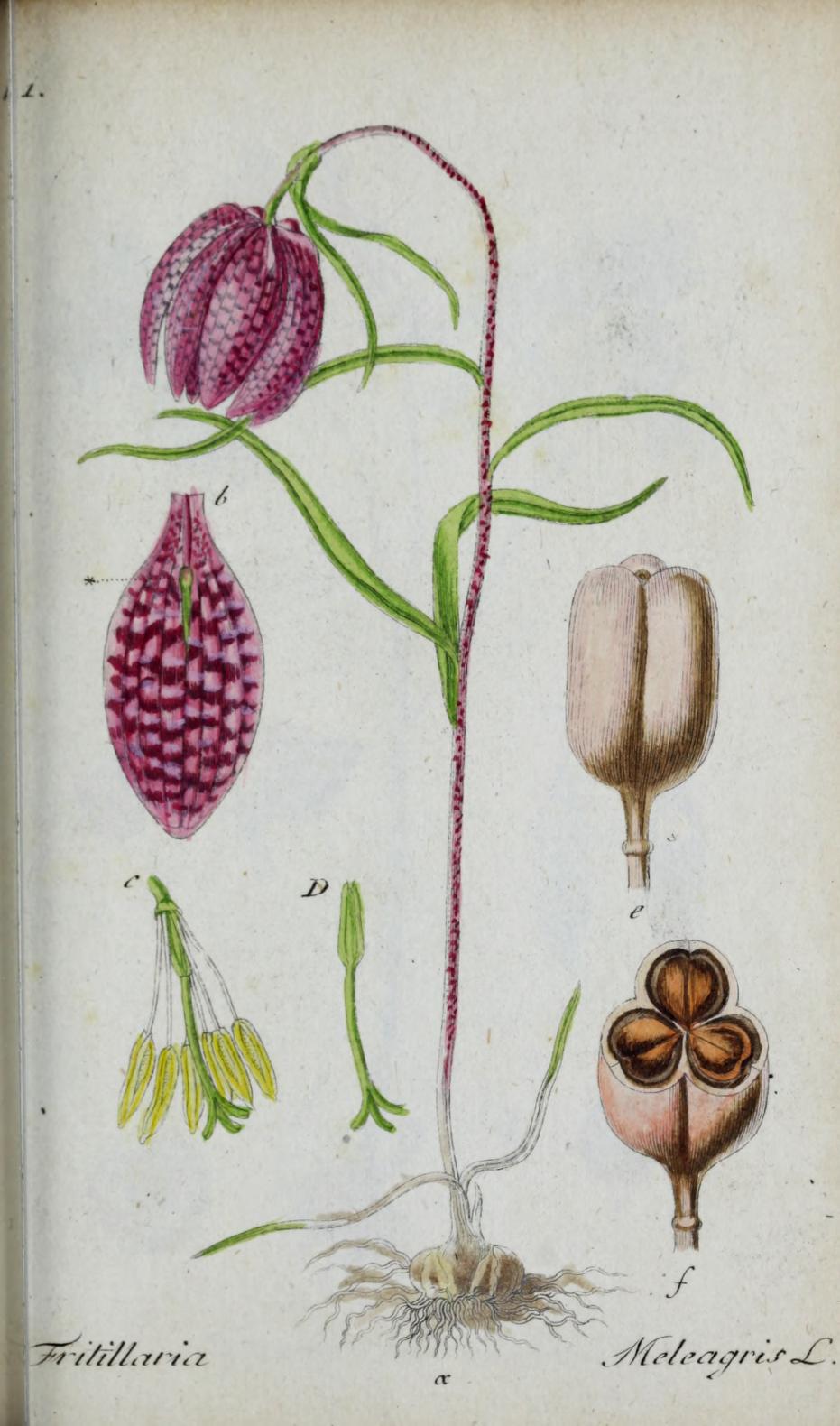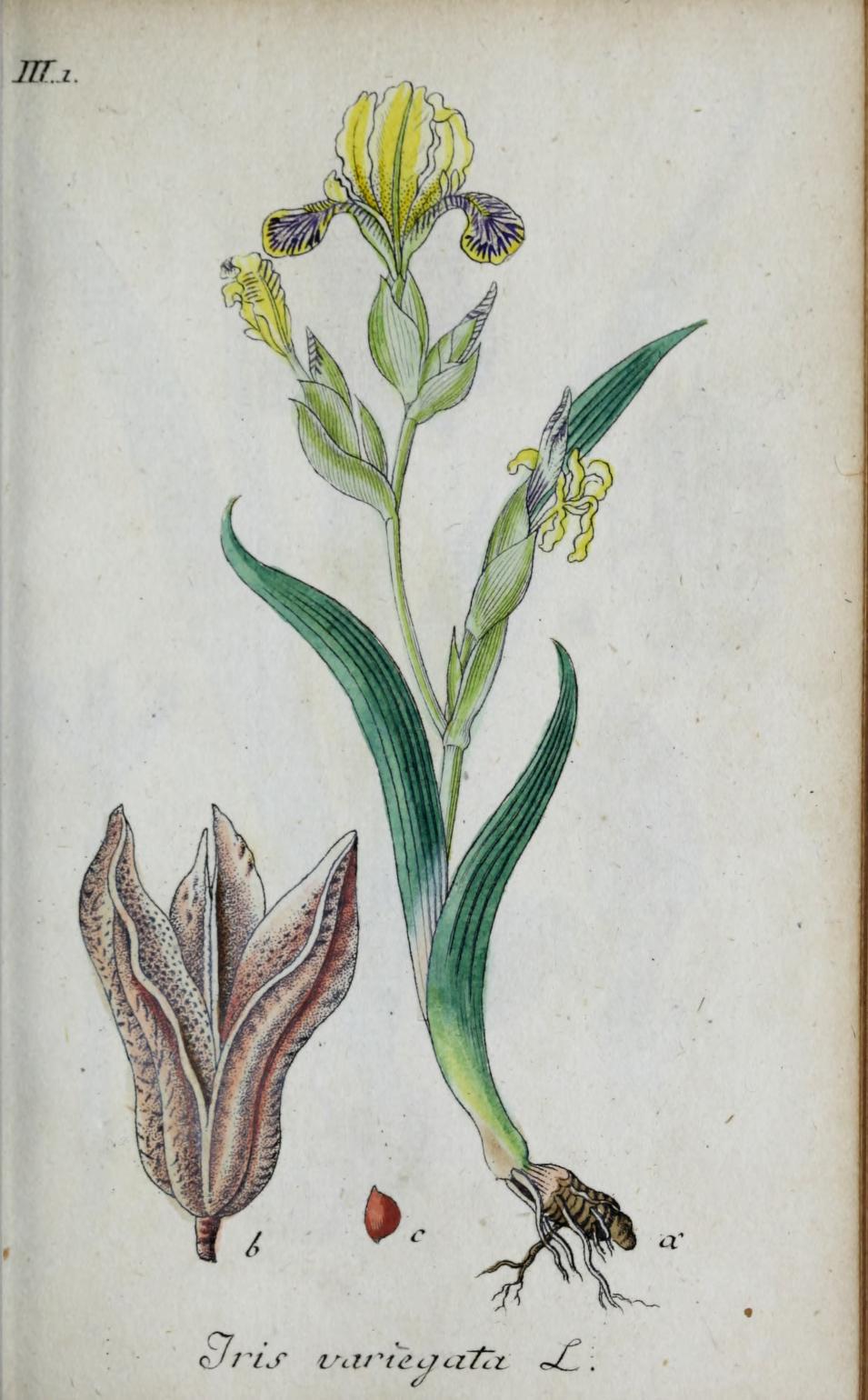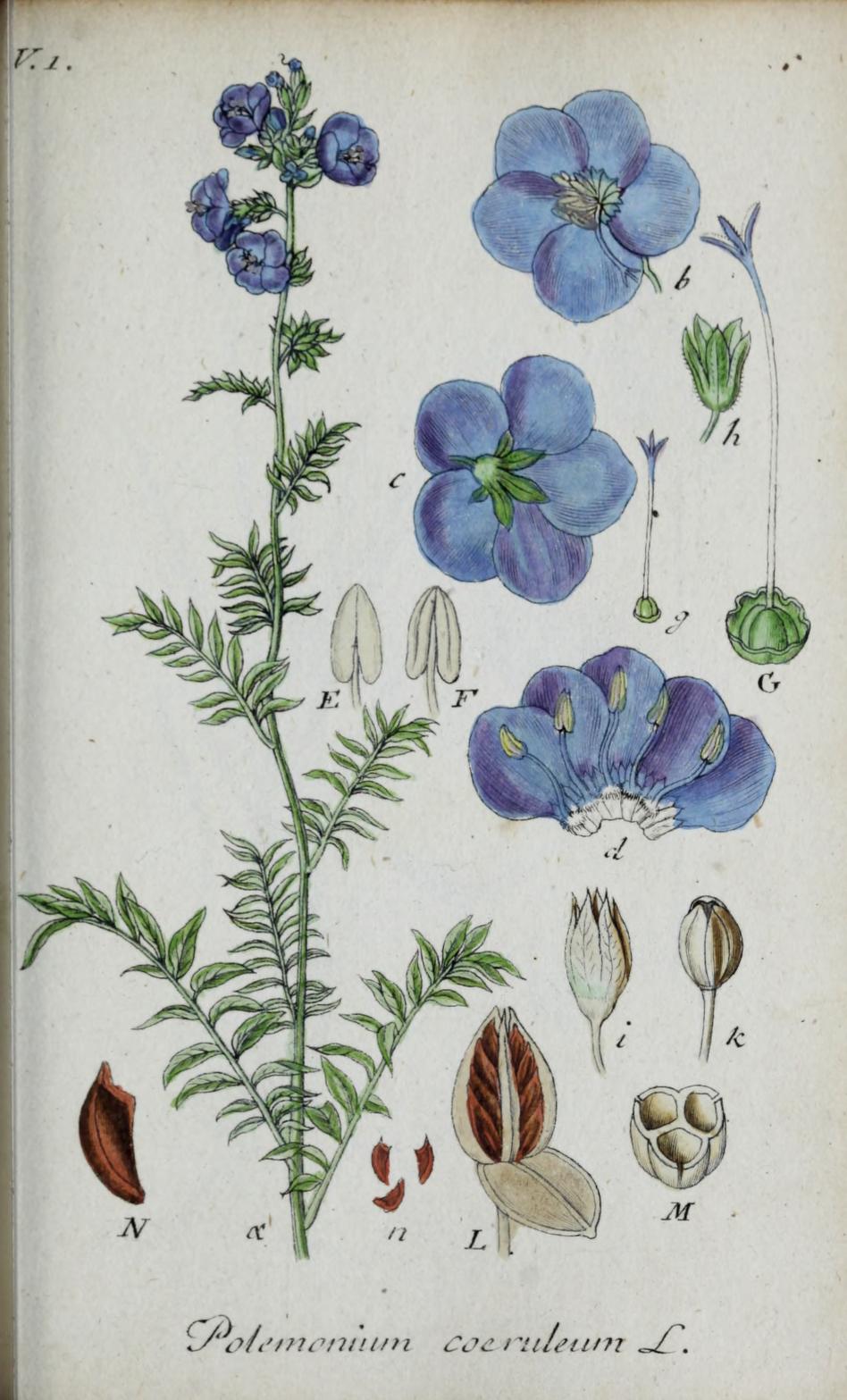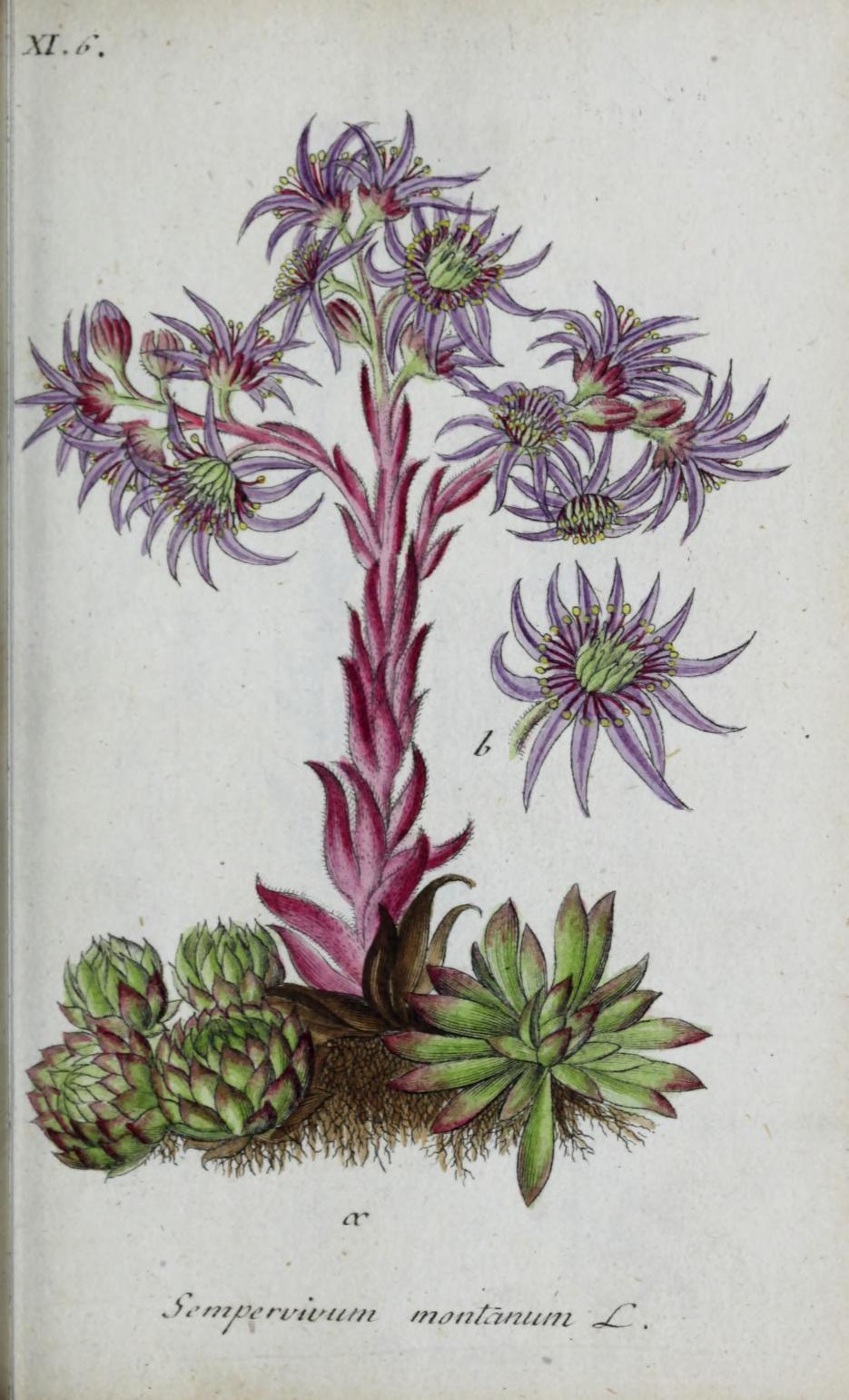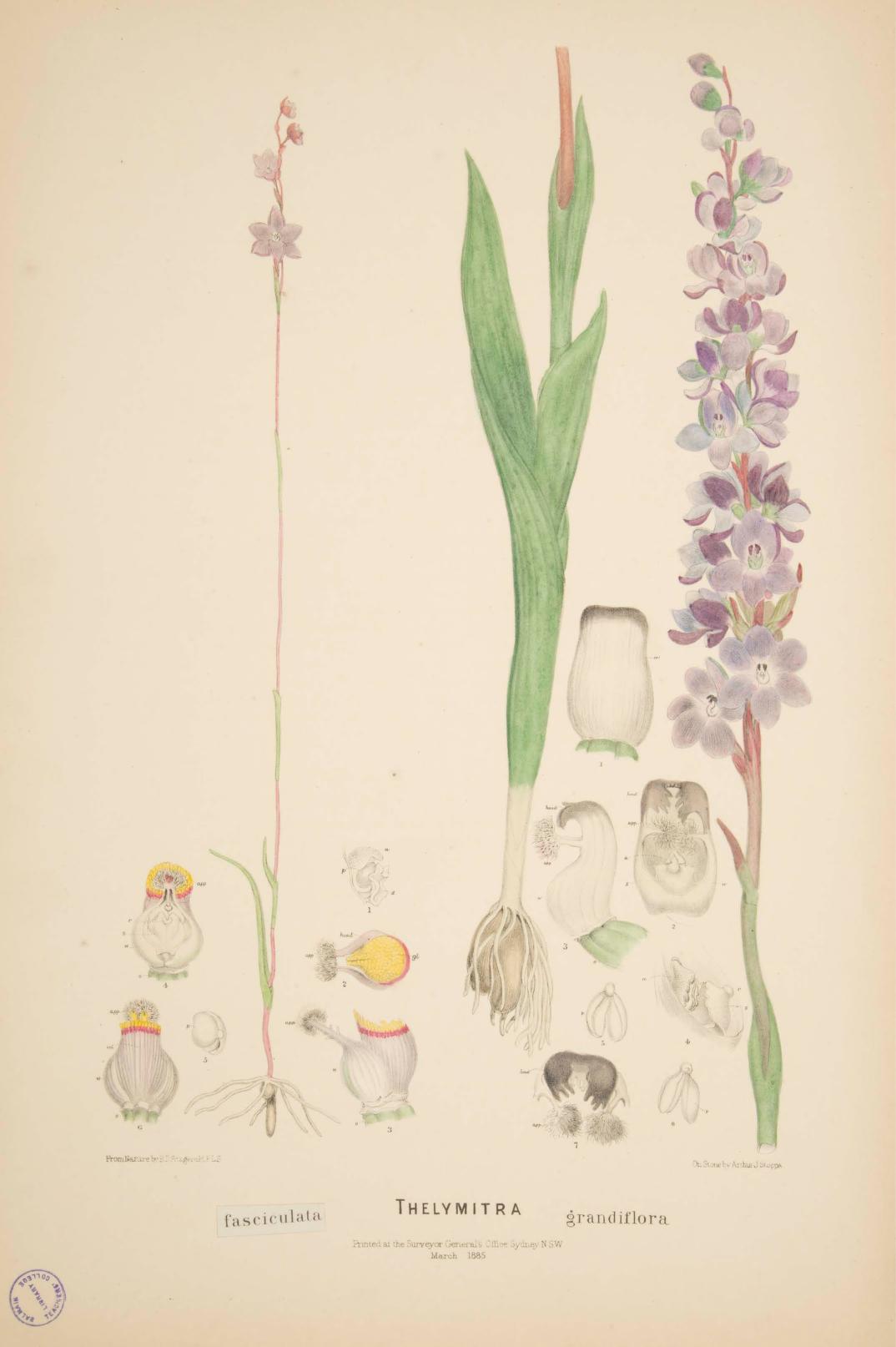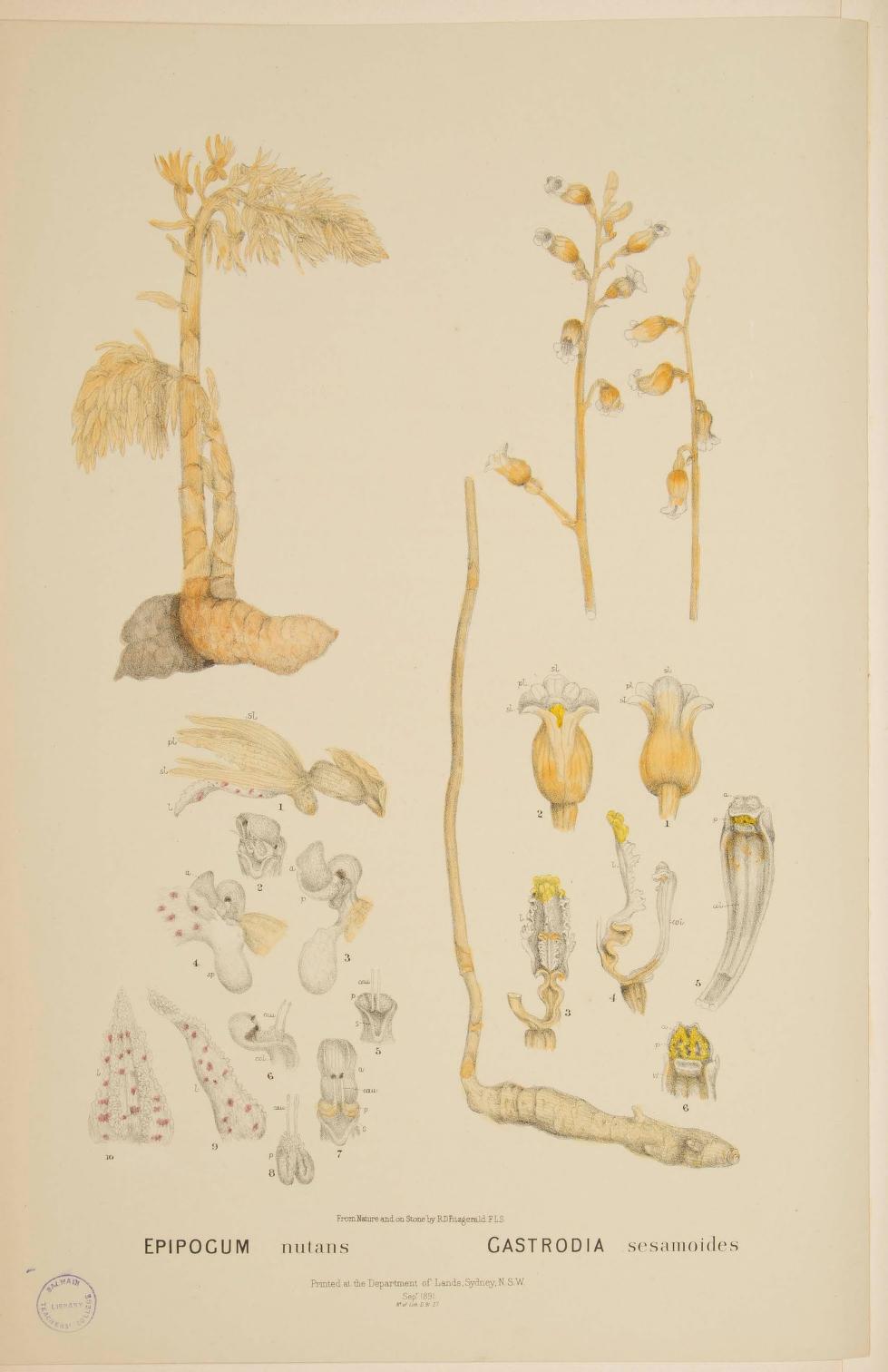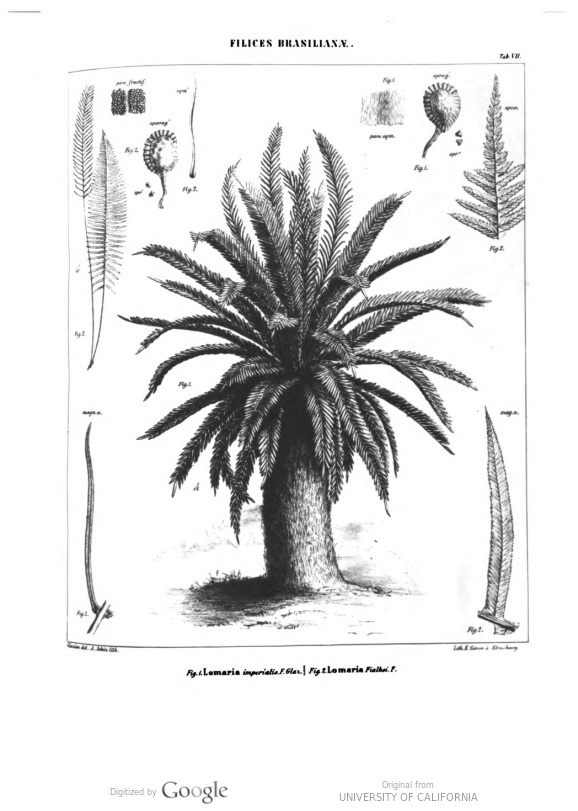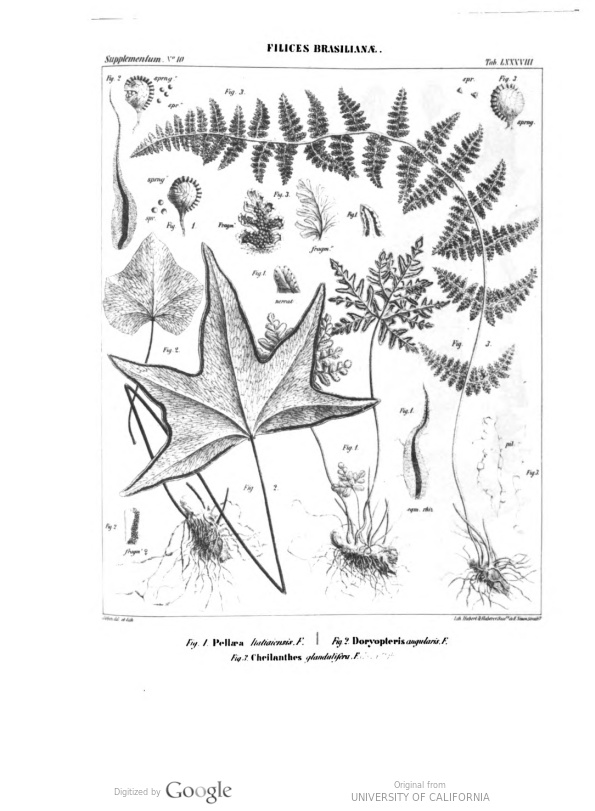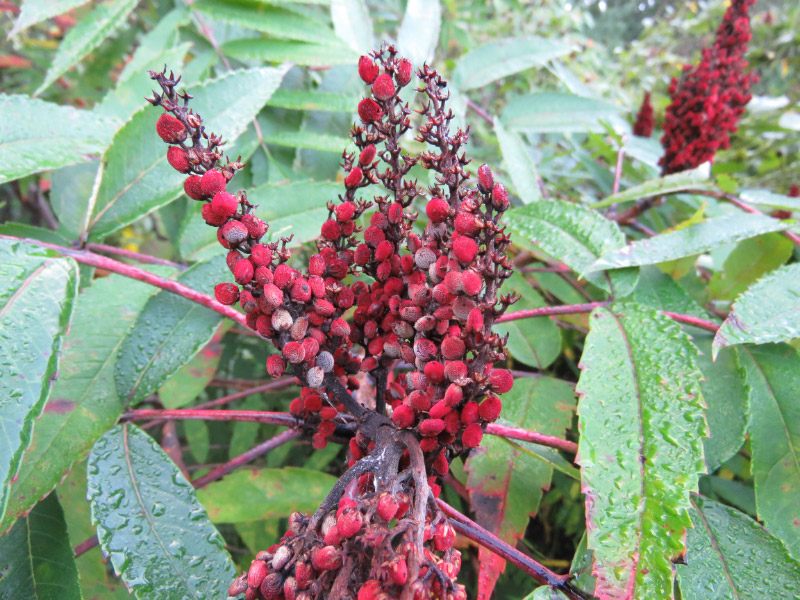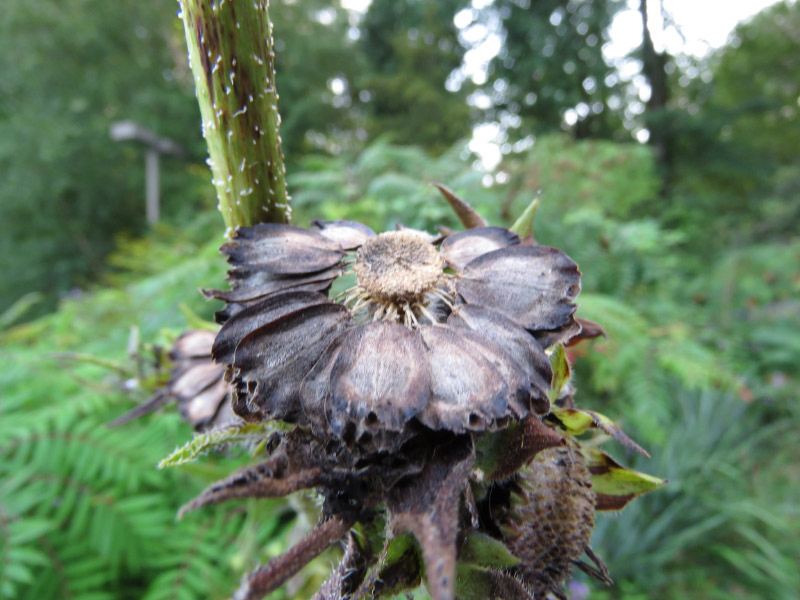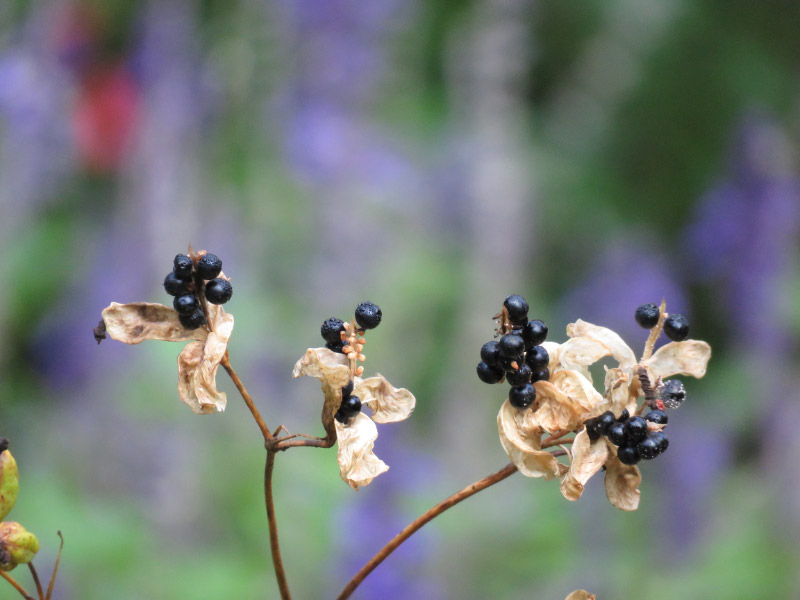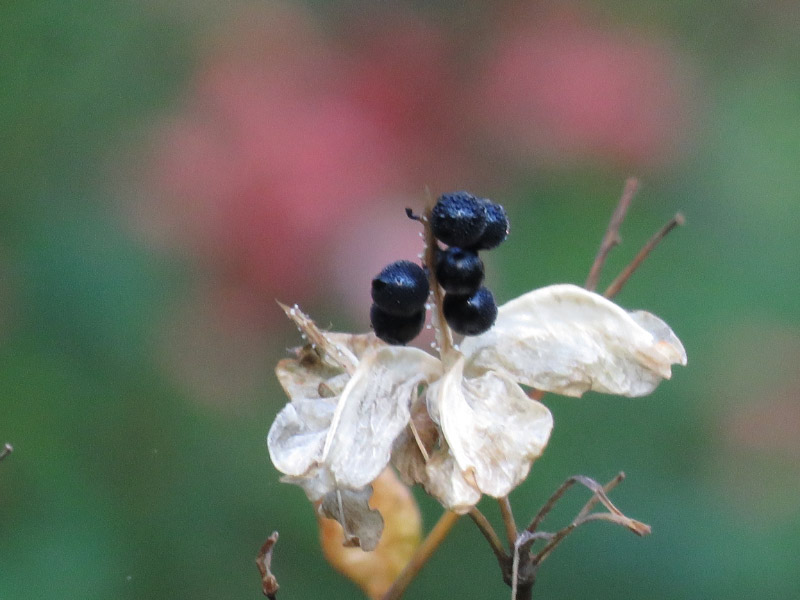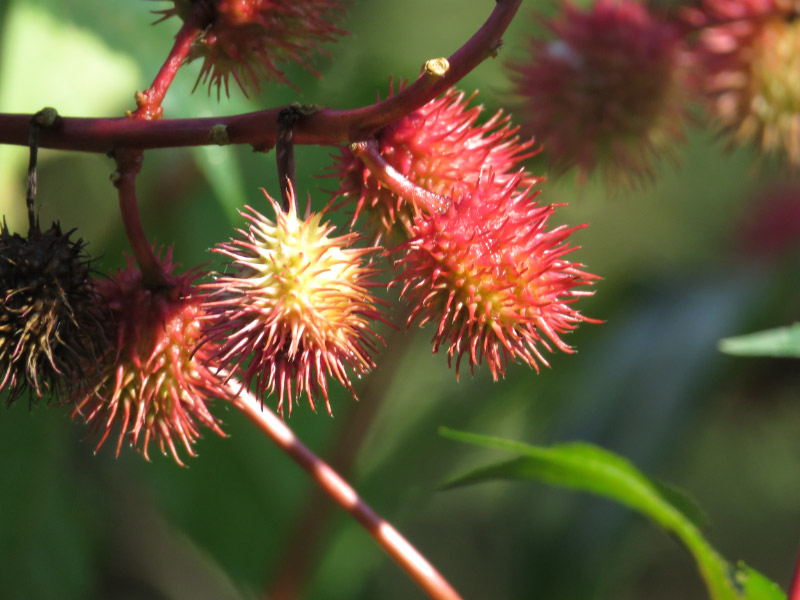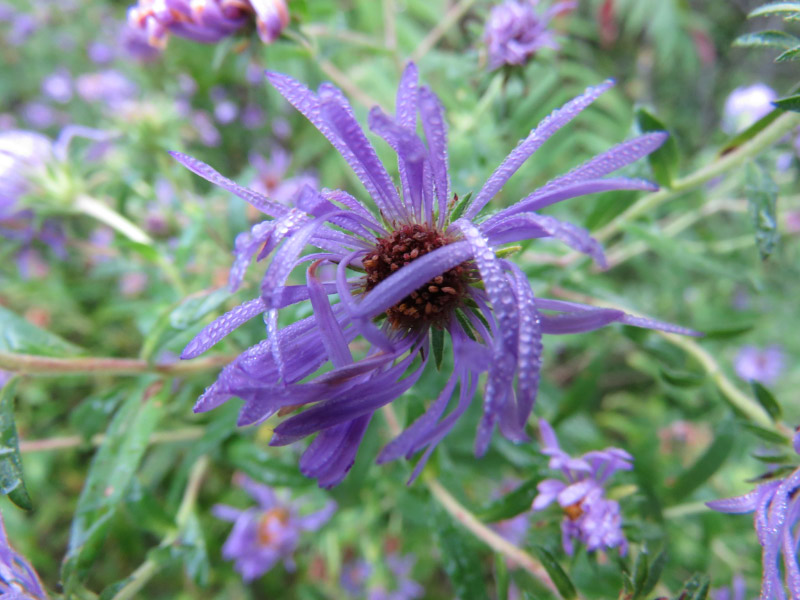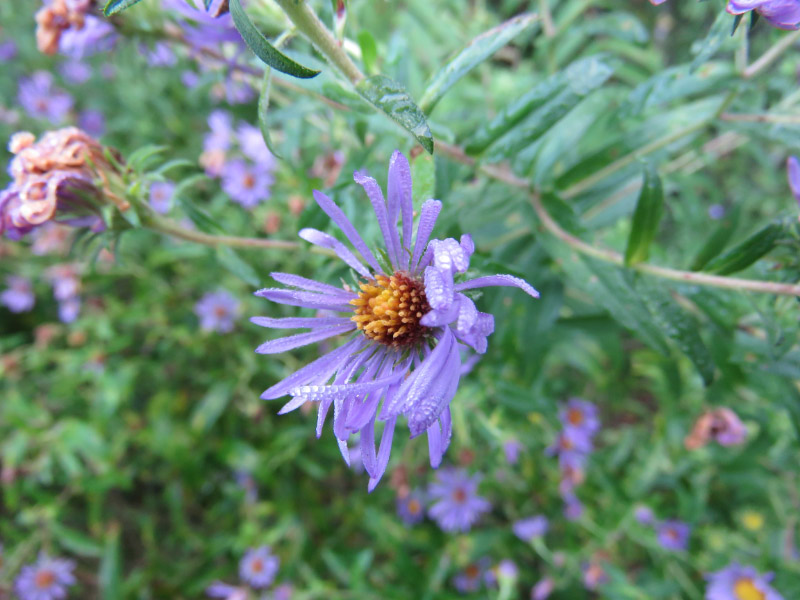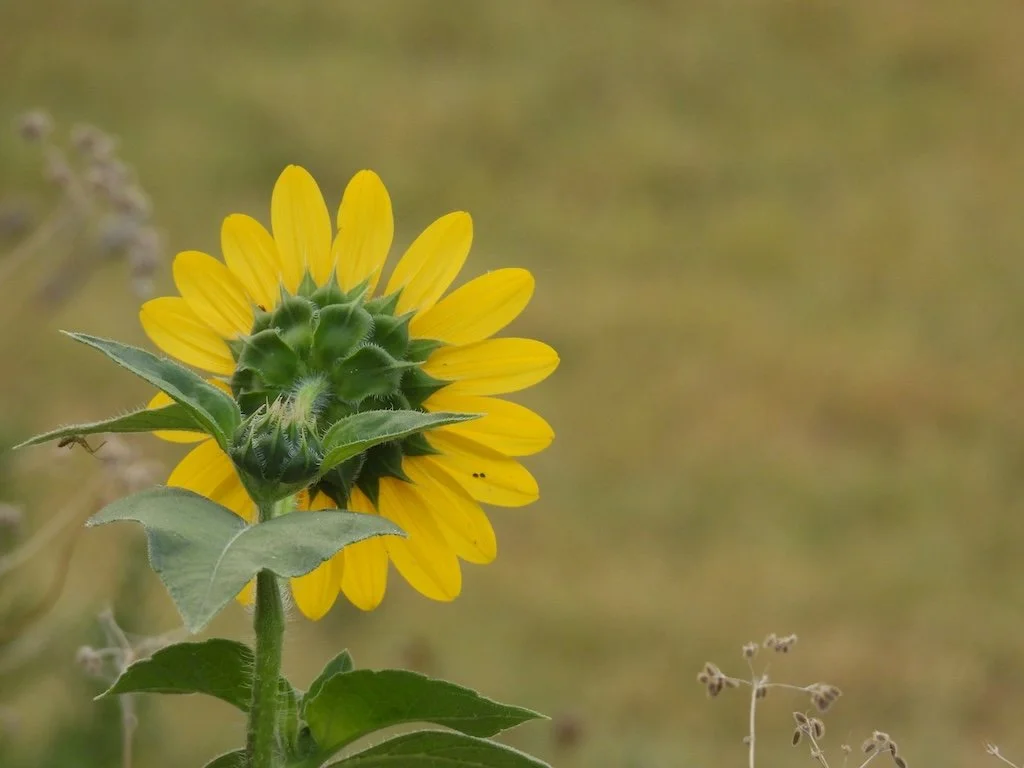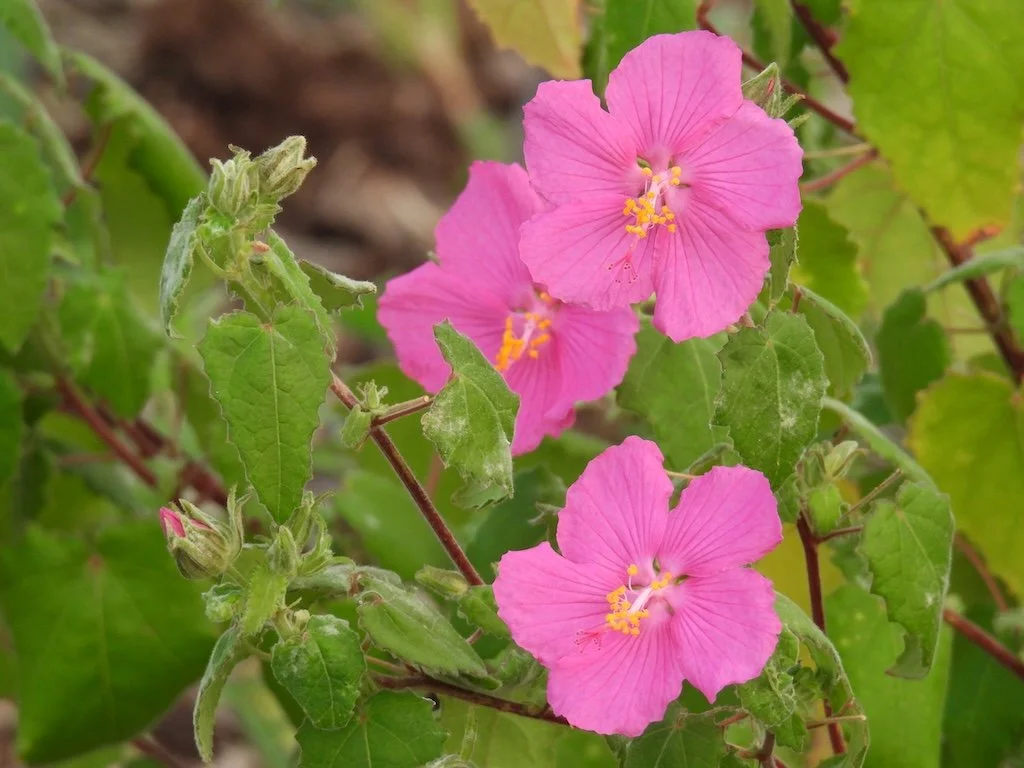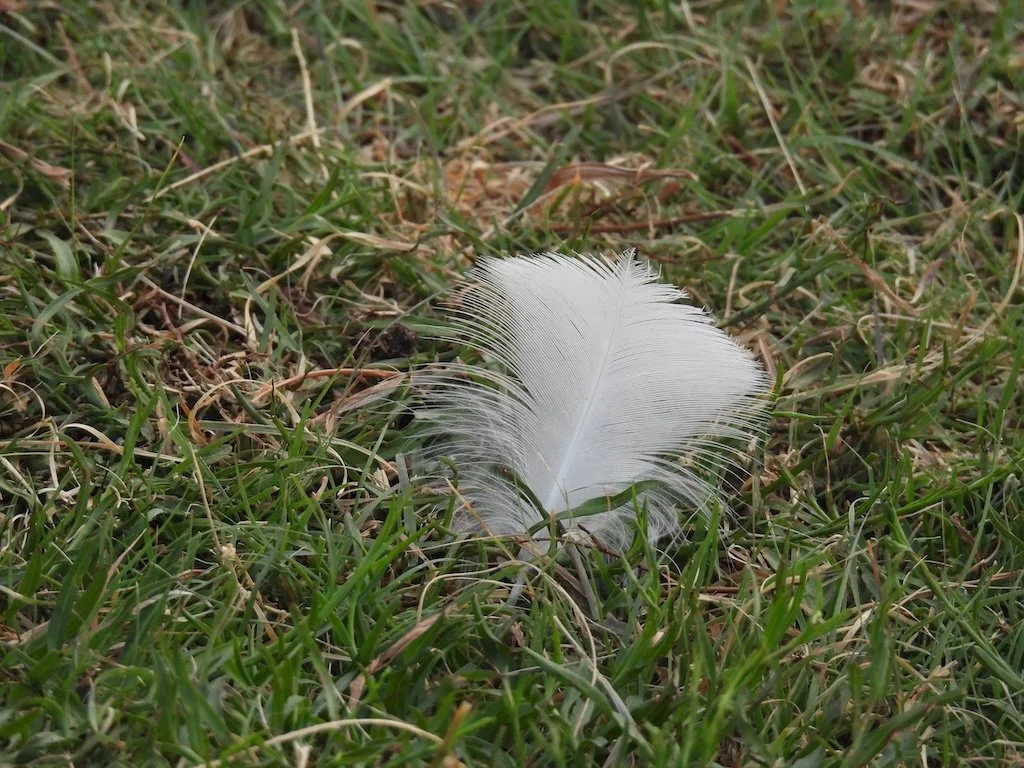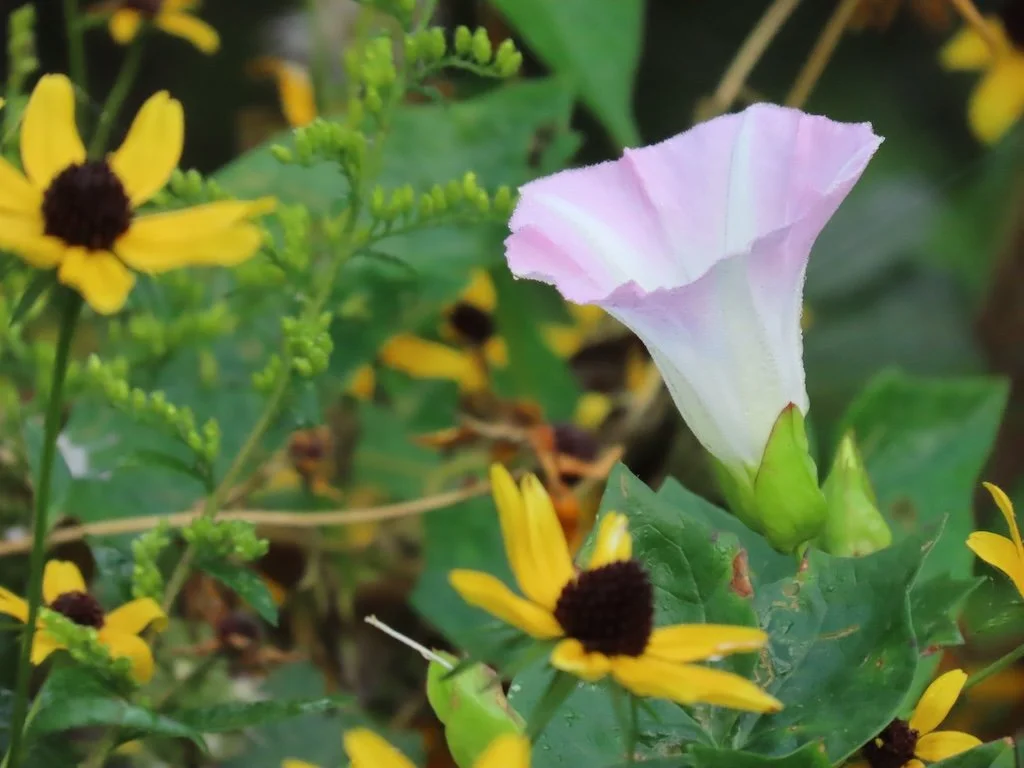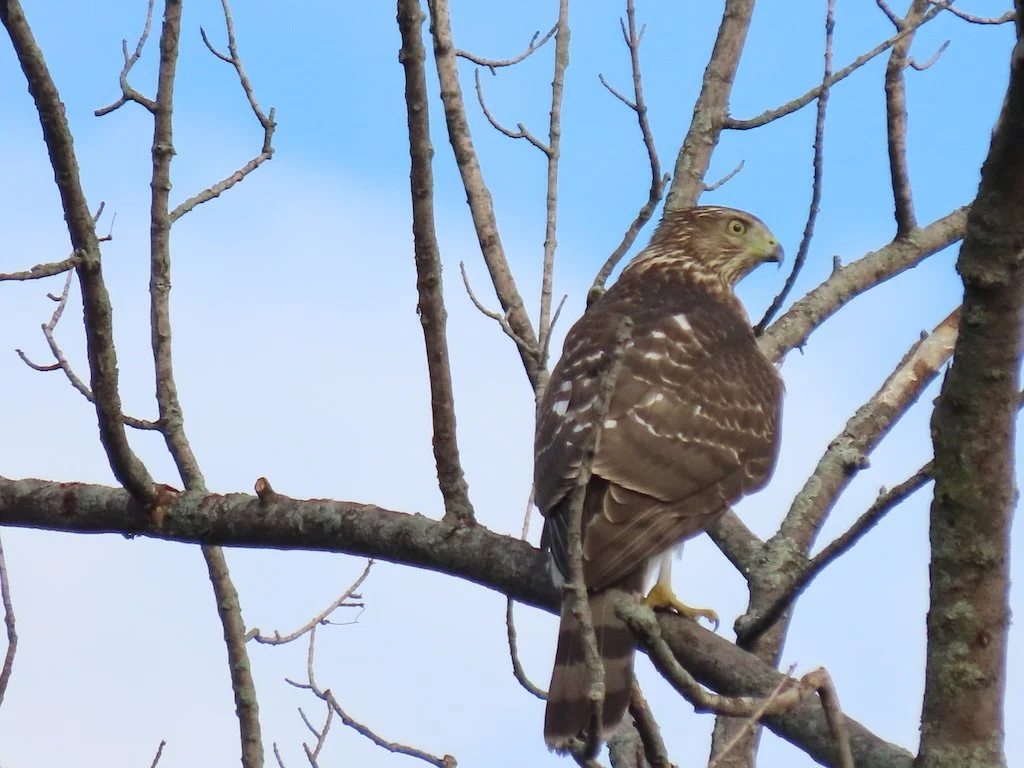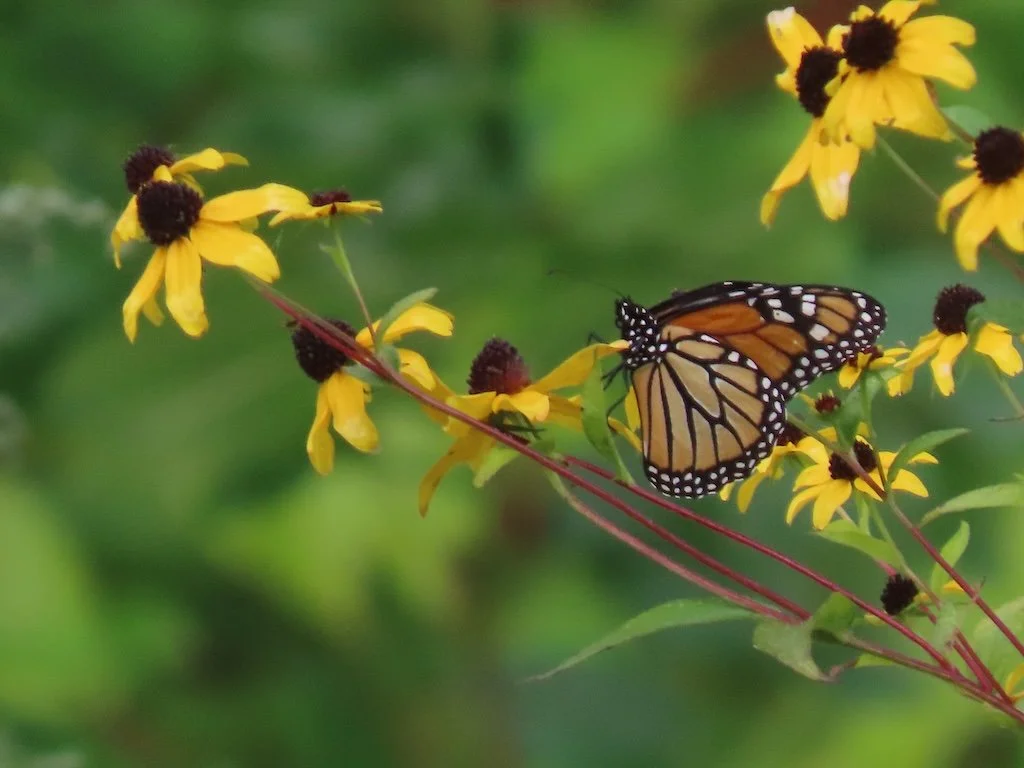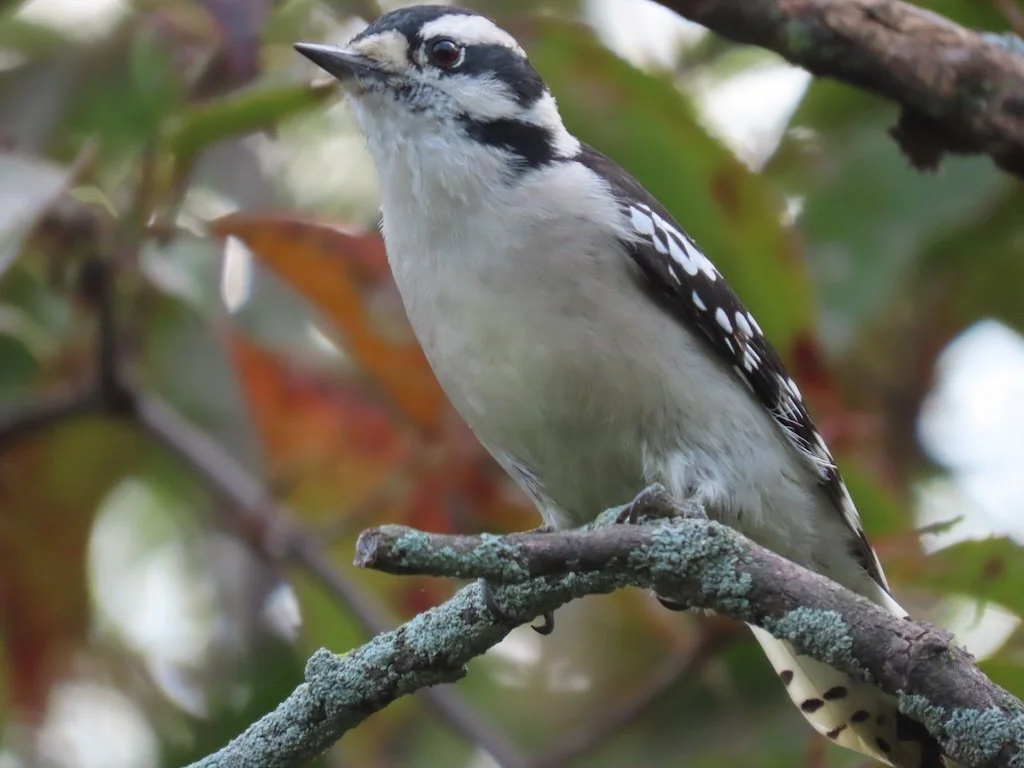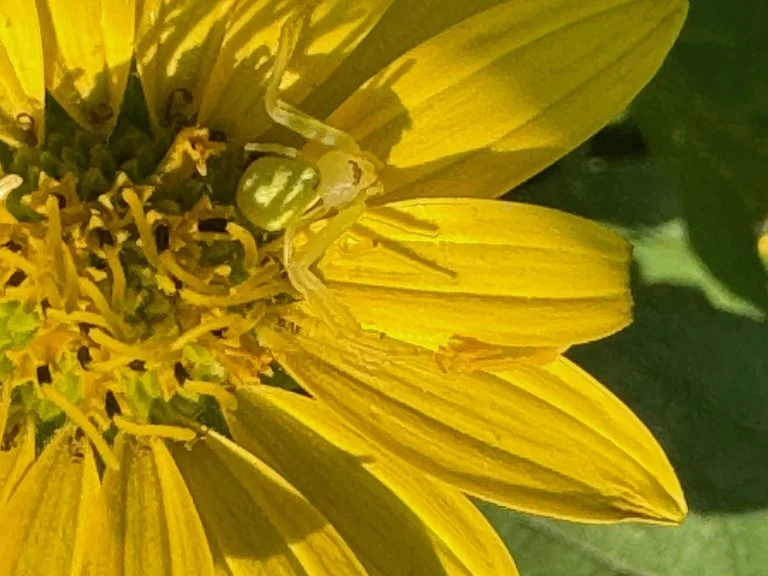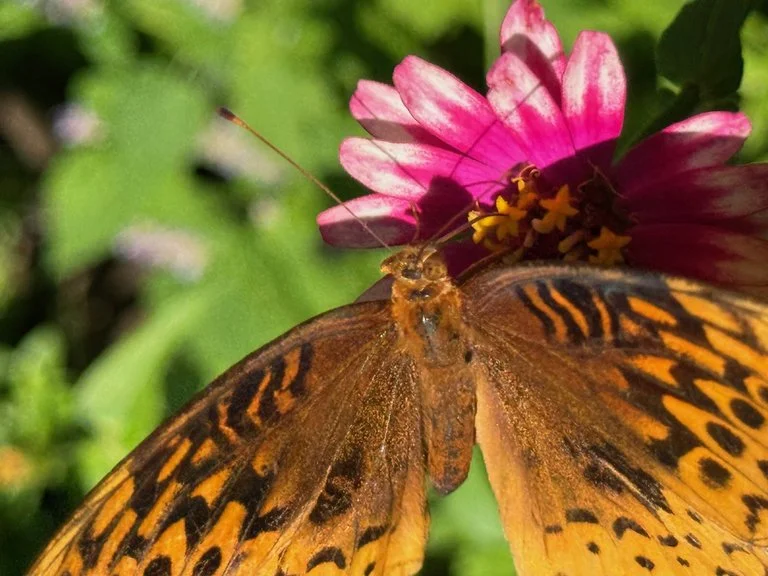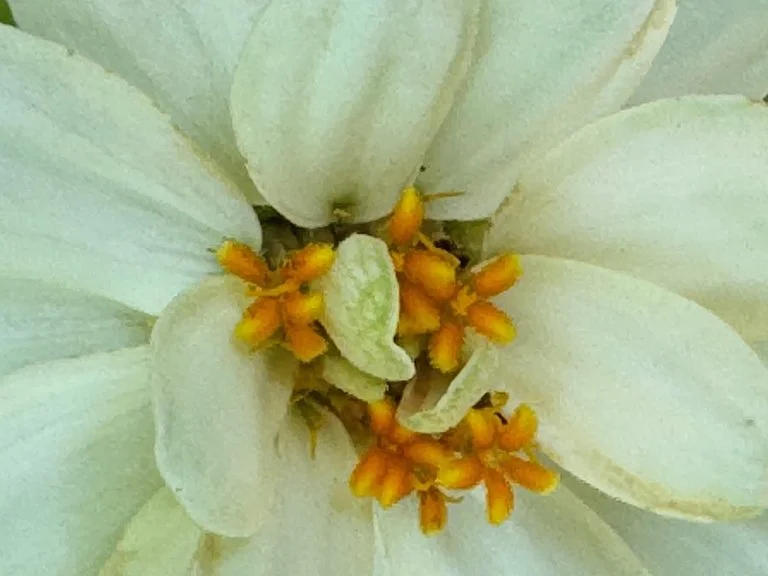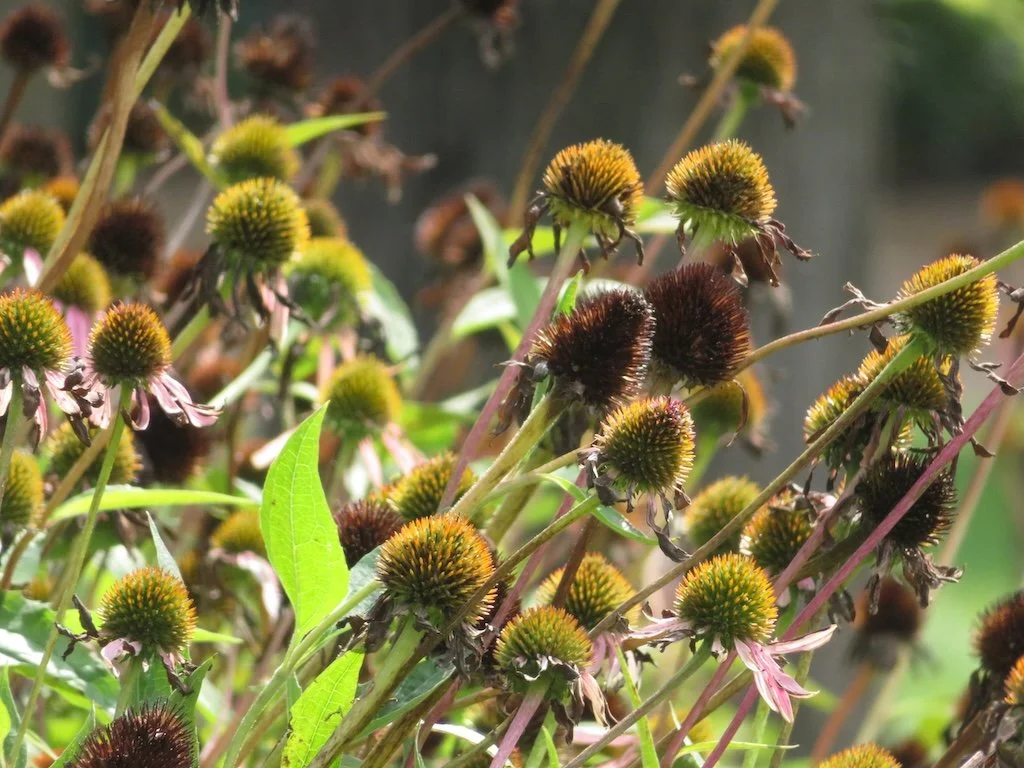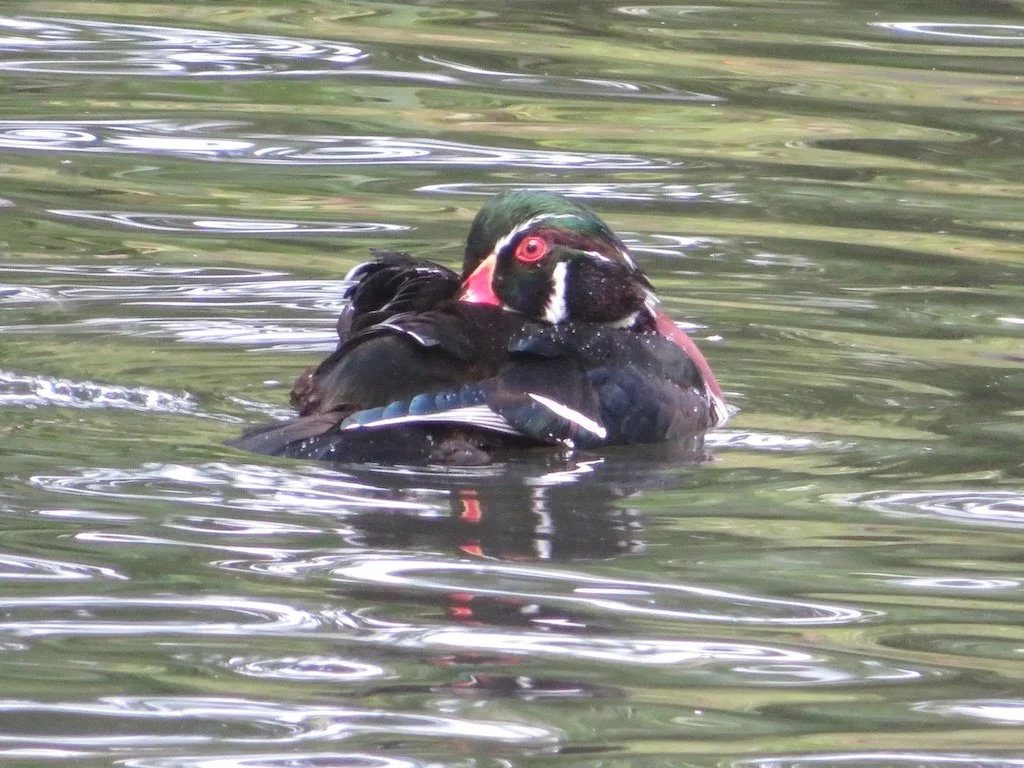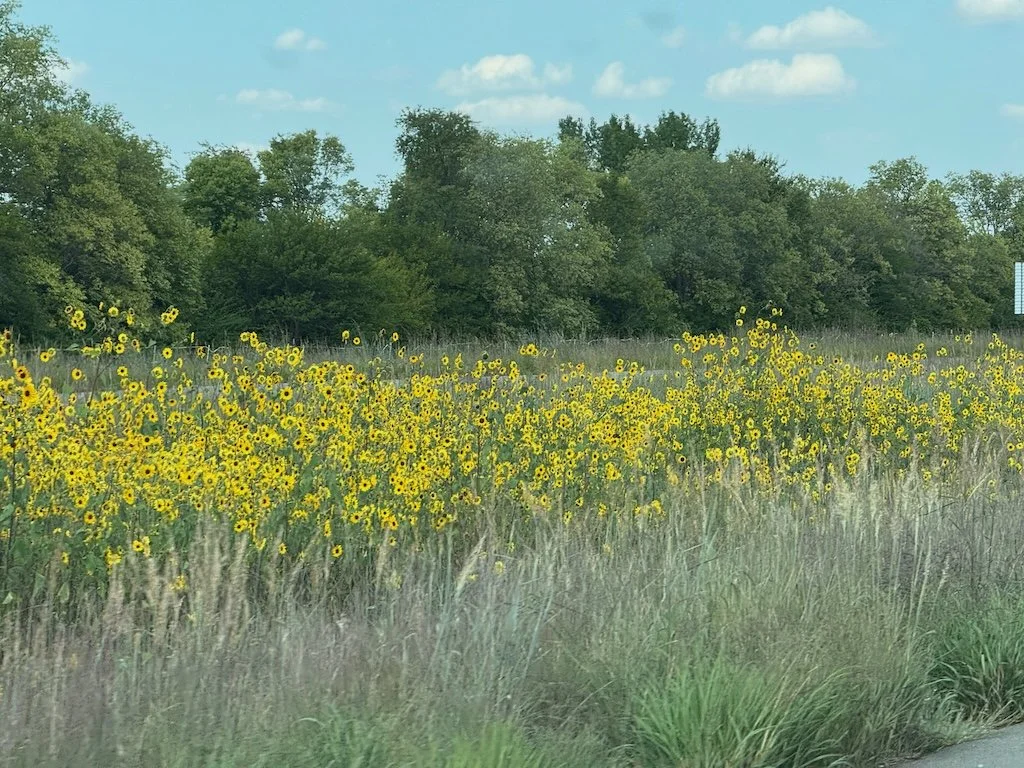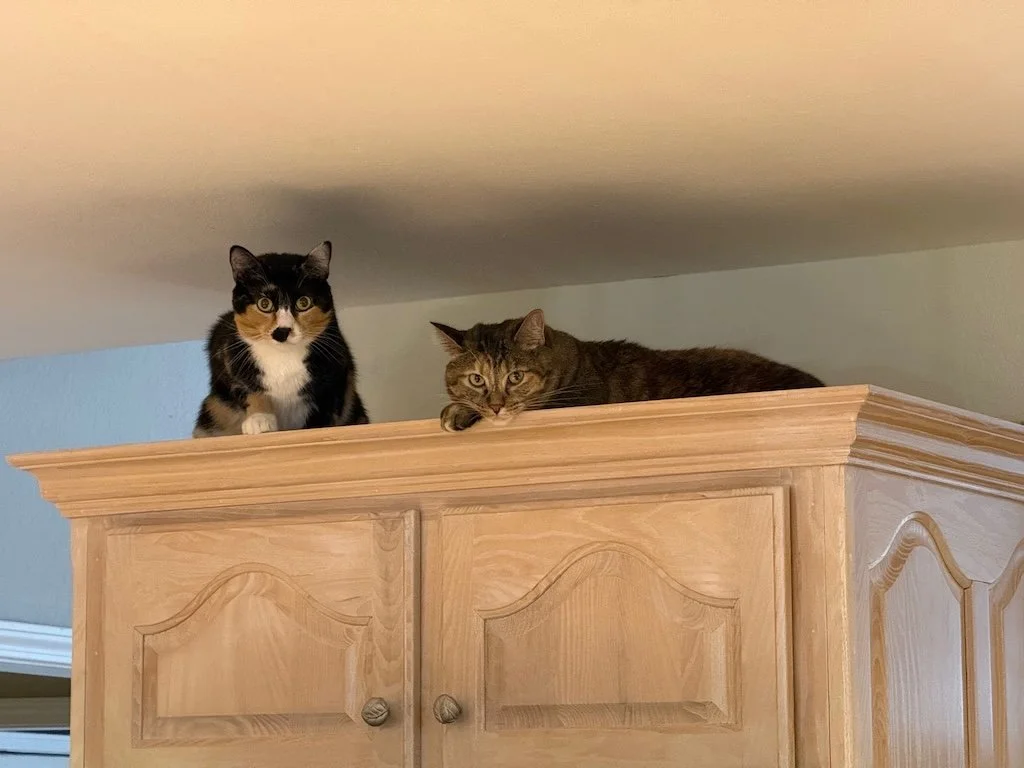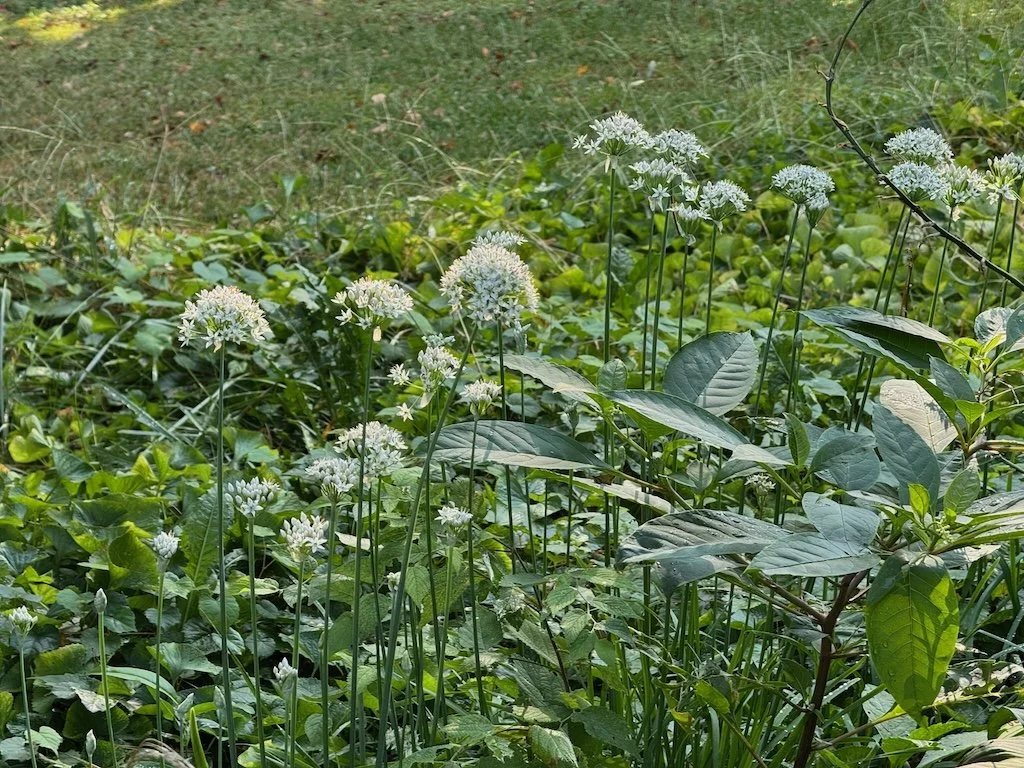Gleanings of the Week Ending October 27, 2018
/The items below were ‘the cream’ of the articles and websites I found this past week. Click on the light green text to look at the article.
Earth Matters - New Tools to Boost Access to NASA Earth Science Data – How NASA is using big data strategies to streamline processing time to get the information from satellites into usable form.
Trend of the Month… asocially| What's Next: Top Trends – Richard Watson noticing that some people prefer to be left along to look at their devices.
Image of The Day: Open-and-Shut Case | The Scientist Magazine® - They used box turtles in this research….a turtle we see here in Maryland relatively often.
Top 25 Wild Bird Photographs of the Week: Migratory Birds 2 – National Geographic Blog – Tis the season for bird migration!
BBC - Future - Should everyone be taking vitamin D? – It’s not clear cut. In the winter we probably don’t get enough Vitamin D from diet/sunlight…but the impact of that shortage is not obvious in many people. There are some trials that are ongoing that may provide some answers.
Why the Current Hurricane Rating System Needs to Be Scrapped - Yale E360 – Hurricanes are rated based on wind-spead….but storm surge and flooding for rain (coastal and inland) also causes damage. Hurricane Florence is an example of a Category 1 storm causing tremendous damage even though it wasn’t a ‘major’ hurricane.
Detailed maps of urban heat island effects in Washington, DC, and Baltimore | NOAA Climate.gov – Close to home for me since we live between Washington DC and Baltimore (not on either of the two maps).
Well-Preserved Murals Discovered in Pompeii - Archaeology Magazine – Finding new things in a site that has been studied for many years.
Surprising places where germs lurk in bathrooms | Berkeley Wellness – Hmmm…maybe we should add some tasks to cleaning the bathroom.
Nikon Small World photo competition reveals nature in minuscule detail | New Scientist – The beauty in the microscopic world. I want to look more closely at spittle bugs next spring…see if I can see the bug.


